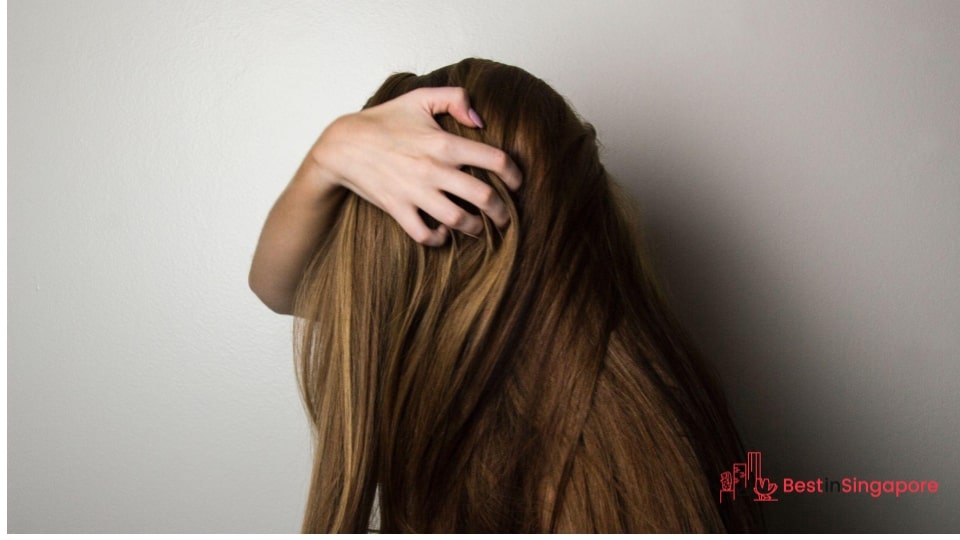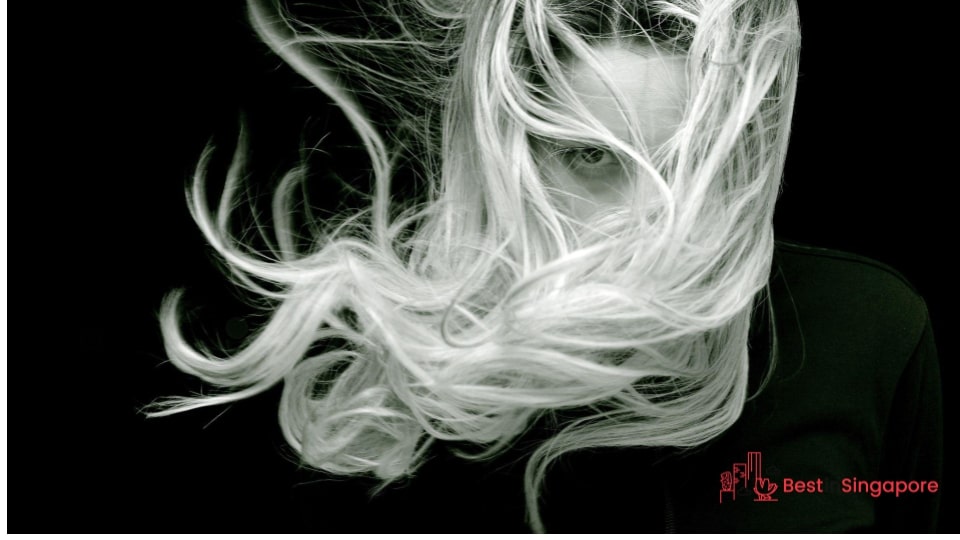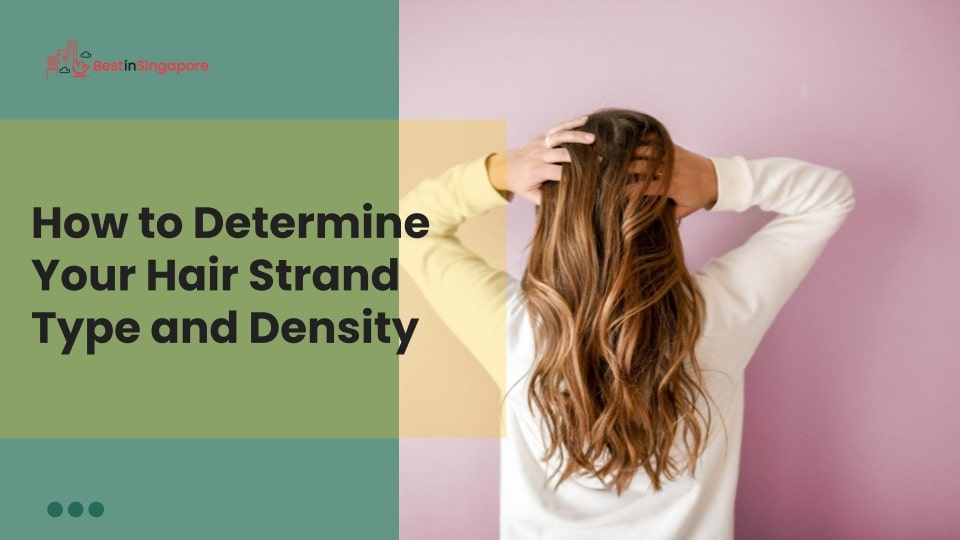How to Determine Your Hair Strand Type and Density
A big part of hair health care basics is knowing what type of hair you have. In turn, this will help you get the best cut, style, and products that will make your hair healthy and gorgeous.
But how can you determine your hair strand type and density? This post aims to answer that with four practical tips and tricks.
First, know the difference between hair thickness and density

Before all else, you should know that hair thickness and density are two different things. Knowing the difference between the two can give you a clue about how to style and groom your hair daily.
It can also help you pick out the right tools like the best hair dryer for your hair density and thickness.
Hair thickness has to do with the diameter of your individual hair strands. On the other hand, hair density is how much hair you have on your head.
This means that hair density is what you wish to address in case of hair loss and its corresponding causes and solutions.
See if you have coarse or fine hair

Fine hair has more or less a 50-micron diameter, while coarse hair has around 120 microns. A dermatologist can help you determine which hair strand type you have using the right tools.
Coarse hair also usually feels drier than fine hair. If it’s somewhere in-between, then you most probably have medium hair with just the right amount of volume.
If you want to increase your hair’s thickness, you can purchase hair tonics that can make your hair fuller while preventing hair loss. Or you can go to a good Korean hair salon and request a cut and style that will add volume to your hair.
Use an elastic hair tie to check for density

Another trick to easily check your hair density is to use a hair elastic. It’s called The Ponytail Test.
Some hair salons do this in case clients wish to donate their long hair for wigs and hair extensions. They can determine how much they can make based on how the elastic wraps around the ponytail.
If the elastic can be wrapped a couple of times around the ponytail, you likely have medium hair. More than three times, and you can assume that you have fine hair.
Look into your genetics

Your hair’s thickness and density have a lot to do with genes, too. This means your use of hair products and tools is also more or less genetically predisposed.
So if you find yourself using either hair curlers or hair straighteners to deal with your hair, there’s a big chance that your mom, aunts, sisters, cousins, grandmas, and other people in your family have done the same.
Go ahead and ask your parents about their particular haircare routines based on their hair density and thickness. You might pick up some practical tips to keep your own hair healthy.
(And it won’t hurt to ask them if there’s a hair loss shampoo scenario somewhere in the future for you!)


